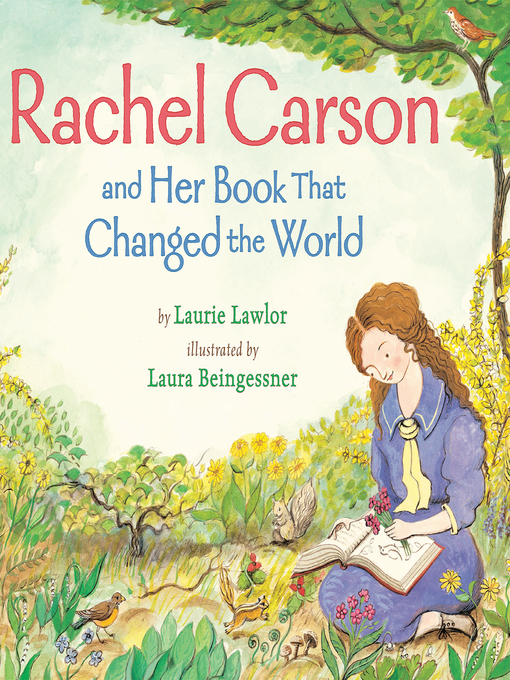In celebration of the fiftieth anniversary of the publication of Silent Spring, here is a biography of the pioneering environmentalist. "Once you are aware of the wonder and beauty of earth, you will want to learn about it," wrote Rachel Carson. She wrote Silent Spring, the book that woke people up to the harmful impact humans were having on our planet. Silent Spring was first published in 1962. Winner of the award for Outstanding Science Trade Books for Students K-12 for 2013, a cooperative project of the National Science Teachers Association (NSTA) and the Children's Book Council.
- Available now
- New eBook additions
- New kids additions
- New teen additions
- Most popular
- Try something different
- NYPL WNYC Get Lit Book Club
- Spotlight: Toni Morrison
- See all ebooks collections
- Available now
- New audiobook additions
- New kids additions
- New teen additions
- Most popular
- Try something different
- NYPL WNYC Get Lit Book Club
- Spotlight: Toni Morrison
- See all audiobooks collections





